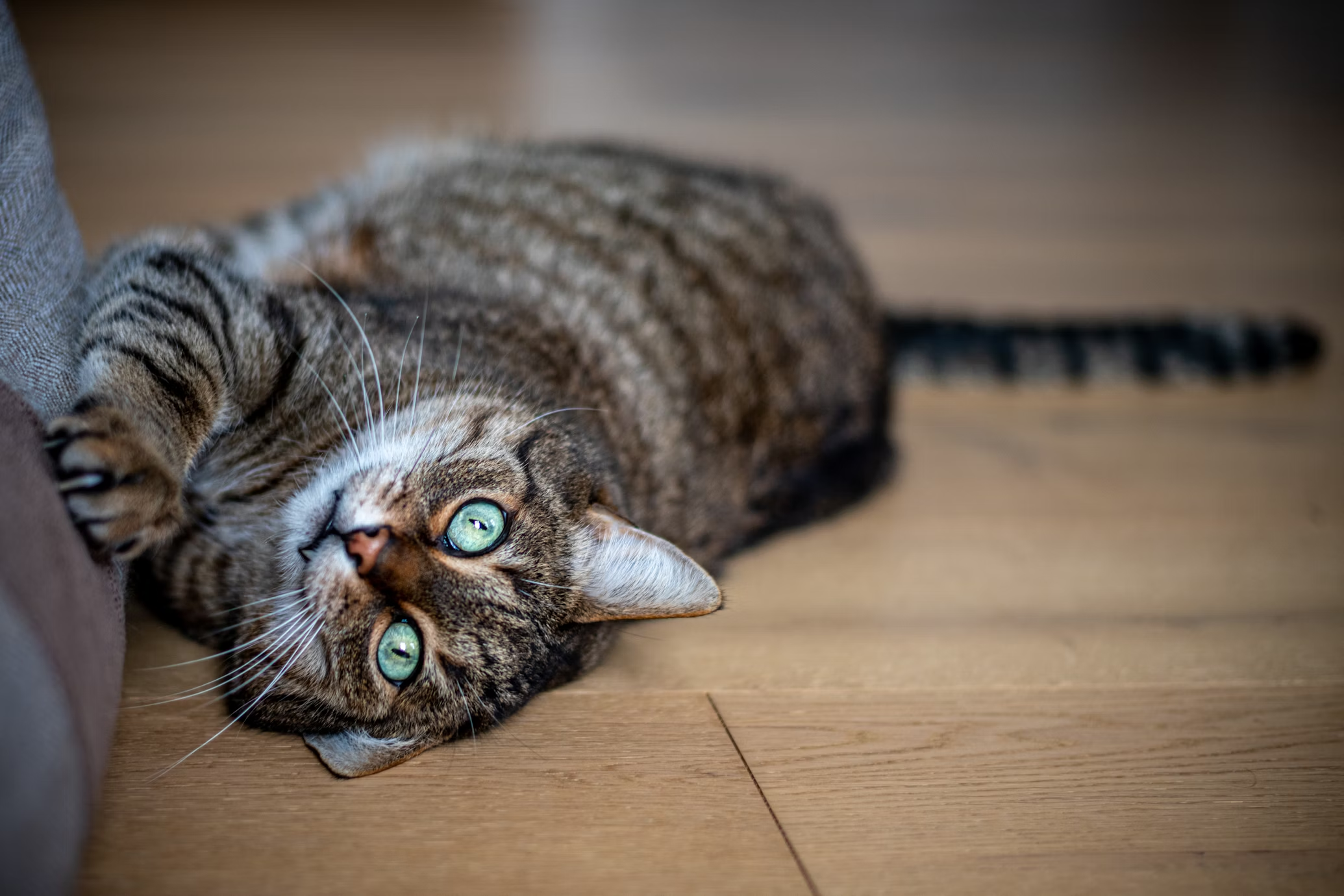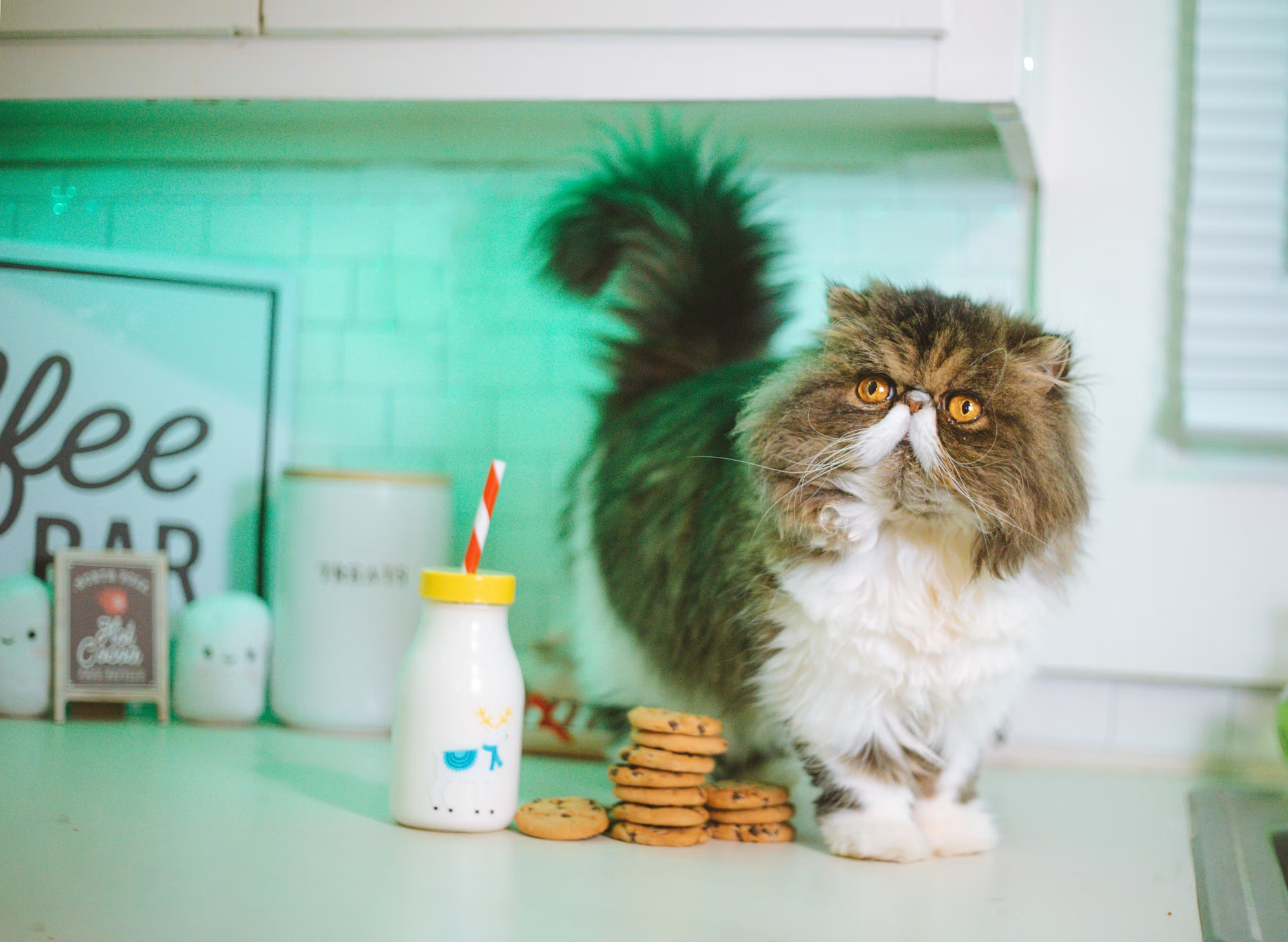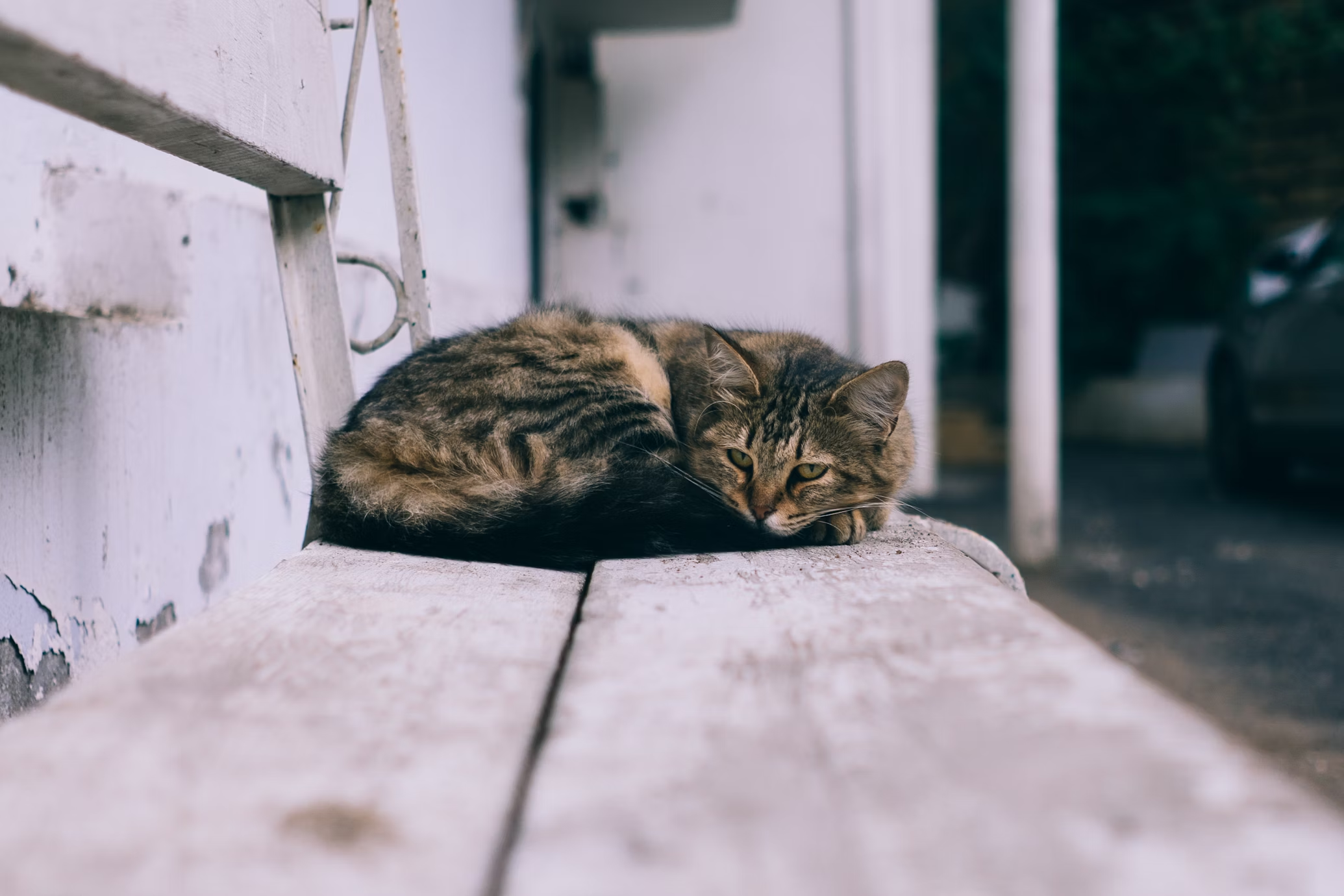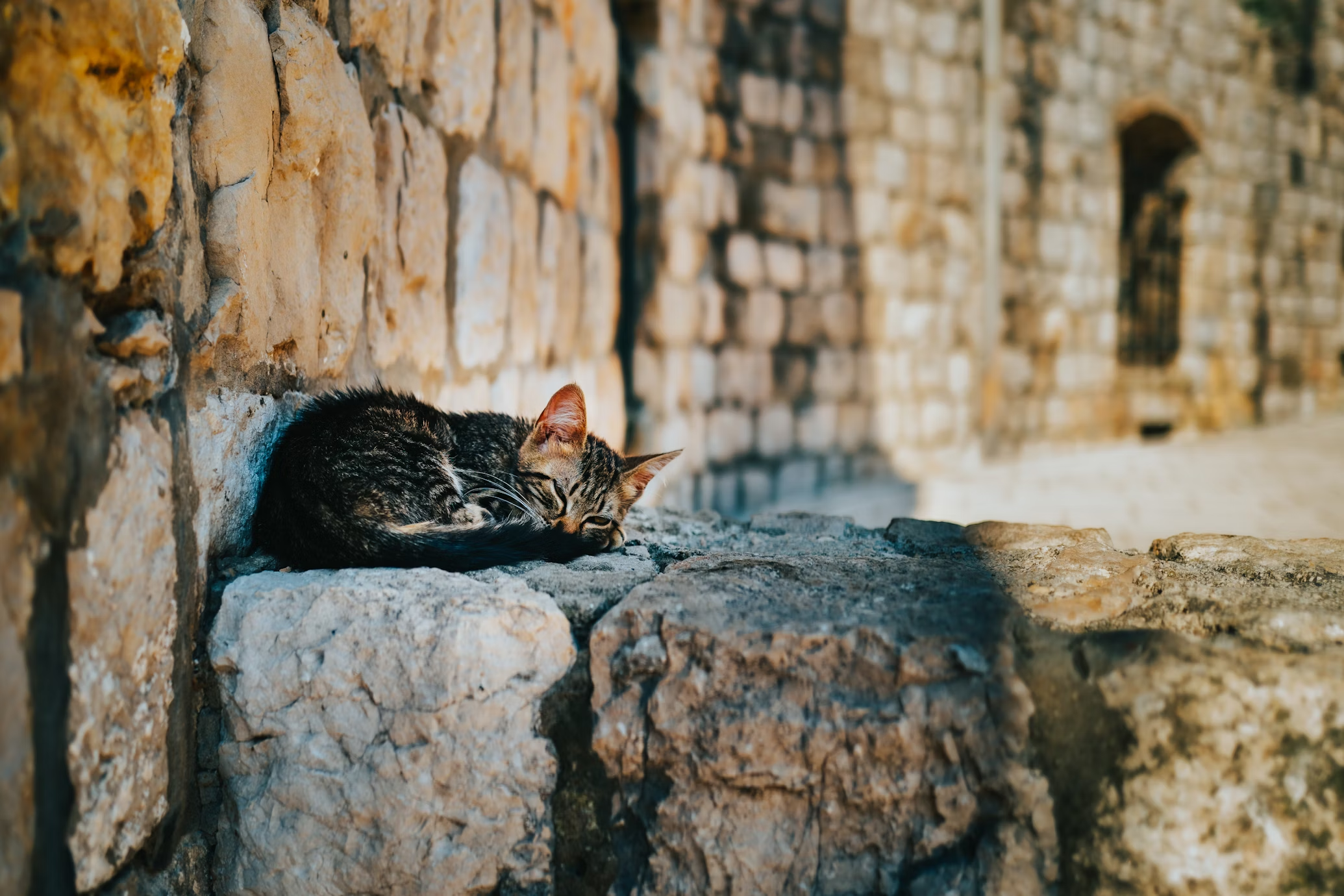
As pet ownership continues to rise in Singapore, more pet parents are seeking ways to ensure their furry friends receive the best care possible. One of the most effective ways to do this is through pet insurance. This comprehensive guide will cover everything you need to know about pet insurance in Singapore, including the benefits, types of coverage, and factors to consider when choosing a policy.
Here is a Video of Pet Insurance in Singapore:
Why Pet Insurance Matters
Pet insurance is designed to cover unexpected veterinary costs, which can be quite high. However, unexpected illnesses or injuries can significantly increase these costs. For instance, surgery for a serious injury can cost upwards of SGD 5,000. Without insurance, these expenses can be a financial burden.
Types of Pet Insurance Coverage
There are several types of pet insurance coverage available in Singapore:
Accident-Only Coverage
- This type of insurance covers veterinary costs resulting from accidents, such as fractures or poisoning. It is usually the most affordable option but does not cover illnesses.
Accident and Illness Coverage
- This comprehensive plan covers both accidents and illnesses, including chronic conditions like diabetes and cancer. It is more expensive than accident-only coverage but offers broader protection.
Wellness Coverage
- Also known as routine care coverage, this type of insurance covers preventive care such as vaccinations, dental cleanings, and annual check-ups. It is often an add-on to accident and illness policies.
Lifetime Coverage
- Lifetime coverage is the most extensive type of insurance, covering your pet for ongoing conditions throughout their life. This type of policy ensures that once a condition is covered, it will continue to be covered in subsequent years.
Factors to Consider When Choosing Pet Insurance
When selecting a pet insurance policy, consider the following factors:
Coverage Limits
- Understand the maximum amount the insurance company will pay out each year. Some policies have per-condition limits, while others have an annual limit.
Exclusions
- Review the policy exclusions carefully. Common exclusions include pre-existing conditions, elective procedures, and certain hereditary conditions.
Deductibles and Co-Payments
- Determine the amount you need to pay out-of-pocket before the insurance kicks in (deductible) and the percentage of the bill you need to pay even after the deductible is met (co-payment).
Reimbursement Level
- Check the reimbursement level, which is the percentage of the vet bill that the insurance will cover. Common reimbursement levels range from 70% to 90%.
Network of Veterinarians
- Some insurance companies have a network of preferred veterinarians. Ensure your preferred vet is included in the network or if you have the flexibility to choose any licensed vet.
Leading Pet Insurance Providers in Singapore
Here are some of the top pet insurance providers in Singapore:
AIA Pet Care
- Offers comprehensive accident and illness coverage with add-on options for wellness care. Learn more about AIA Pet Care.
Liberty Insurance
- Provides a variety of plans with customizable coverage limits and reimbursement levels. Explore Liberty Insurance plans.
NTUC Income Pet Insurance
- Known for its affordable accident-only coverage and straightforward claims process. Discover NTUC Income Pet Insurance.
AON Happy Tails
- Specializes in lifetime coverage for chronic conditions, making it ideal for pets with long-term health issues. Check out AON Happy Tails.
The Benefits of Pet Insurance
Having pet insurance offers numerous benefits:
Financial Security
- Pet insurance provides peace of mind knowing that you won’t have to choose between your pet’s health and your finances in an emergency.
Access to Better Care
- With insurance, you can afford advanced treatments and procedures that might otherwise be too expensive.
Preventive Care
- Many policies include coverage for routine care, helping you keep your pet healthy through regular check-ups and preventive treatments.
Coverage for Chronic Conditions
- Lifetime and comprehensive policies cover chronic conditions, ensuring your pet gets the necessary treatment throughout their life.
Statistics Highlighting the Importance of Pet Insurance
- A study by the Pew Research Center found that nearly all US pet owners (97%) consider their pets as family members, highlighting the emotional and financial investment in their well-being.
- According to Forbes, 23% of dog owners said the biggest challenge of owning a dog has been their dogs’ health issues, underlining the need for financial protection through insurance.
Making an Informed Decision
Choosing the right pet insurance policy requires careful consideration of your pet’s needs, your budget, and the available options. Here are some steps to help you make an informed decision:
Research Different Providers
- Compare policies from various providers, focusing on coverage, exclusions, and costs. Utilize resources like Pet Insurance Review to read customer reviews and ratings.
Consult Your Veterinarian
- Your vet can provide insights into common health issues for your pet’s breed and recommend suitable coverage options.
Read the Fine Print
- Carefully review the policy documents to understand the terms, conditions, and exclusions.
Consider Your Pet’s Age and Health
- Older pets or those with pre-existing conditions may have limited coverage options, so it’s essential to insure pets when they are young and healthy.
Evaluate Your Financial Situation
- Choose a policy that fits your budget while providing adequate coverage for potential health issues.
Conclusion
Pet insurance is a valuable investment for any pet owner in Singapore. By understanding the different types of coverage, factors to consider, and the benefits of having insurance, you can make an informed decision that ensures your pet receives the best possible care without financial strain. For more information, visit the websites of leading pet insurance providers like AIA, Liberty Insurance, NTUC Income, and AON Happy Tails.
Remember, insuring your pet is a proactive step towards their health and happiness. Don’t wait for an emergency to highlight the importance of pet insurance. Make the right choice today and enjoy peace of mind knowing your furry friend is protected.
















































